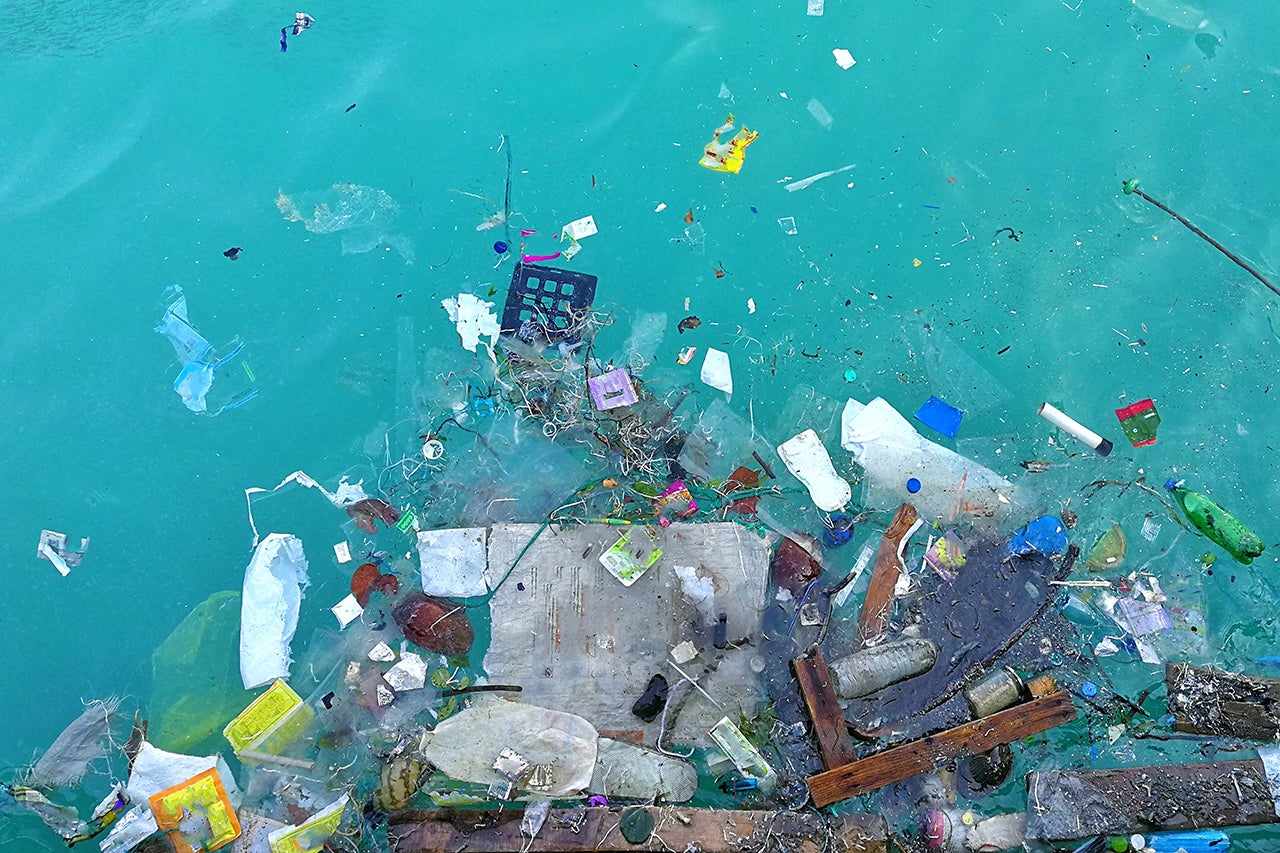College of Charleston geology professor Barbara Beckingham is working with Charleston area wastewater treatment plants to try to reduce the amount of plastic particles showing up in wastewater.
Her recent research revealed that about 90 percent of the tiny plastic fibers and particles, or microplastics, that are found in the water entering area wastewater treatment plants are removed from the water during treatment. She says wastewater stations are doing a great job capturing microplastics, but that the magnitude of microplastics they’re receiving is enormous. So, Lowcountry residents also need to help curb the problem to reduce microplastics in our waters.
Beckingham says the microplastics end up going down the drain because plastics are found in everything from food packaging to medical and industrial products to clothing. She says one of the ways to reduce the amount of plastic particles getting into our waters is to make some slight changes in the way we do things.
“Household choices of clothing, washing machine models or wash temperatures can help to reduce microplastics sources to wastewater treatment plants,” says Beckingham.
She recommends getting into the habit of reading labels and purchasing clothing and blankets made out of natural materials, wearing clothes more than once between washes and washing clothes with cold water.
Beckingham worked with the wastewater treatment plants in Charleston and Mount Pleasant, South Carolina, along with student researchers Kenda Conley ’17 and Haven Lane ’16 to come up with the results of the study, which were published this spring in the open-access journal Water Research X .
Household microplastics are not the only problem for our waterways. According to a recent report there is an estimated 7 tons of plastic littering the shoreline of the Charleston harbor. Plastic bags, plastic bottles and other items found in our estuary get broken down into microplastics over time. Plastics and microplastics can harm animals and even get into the food chain.
Beckingham says in order to reduce the harmful effects of microplastic pollution, a broad view on managing both point and non-point sources of plastics is needed.





